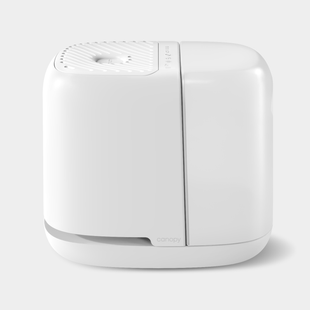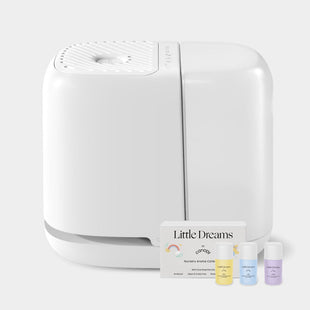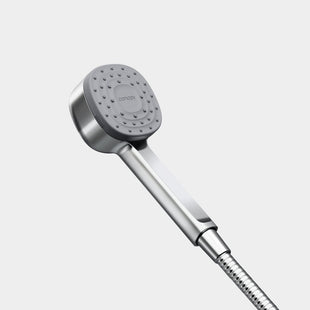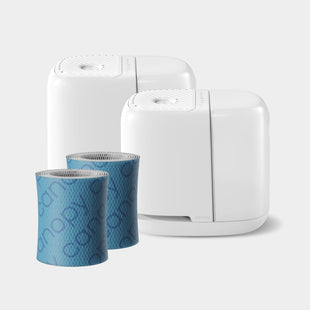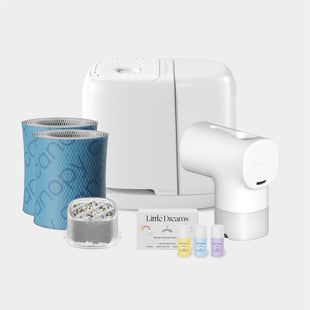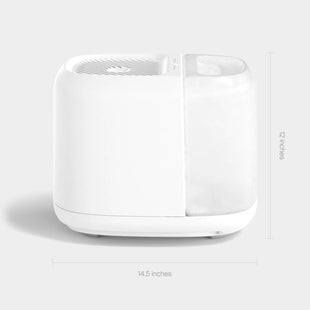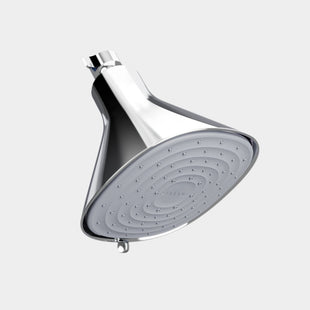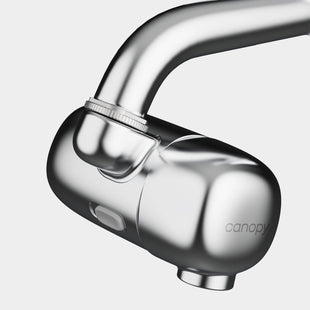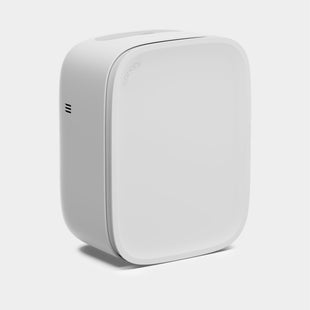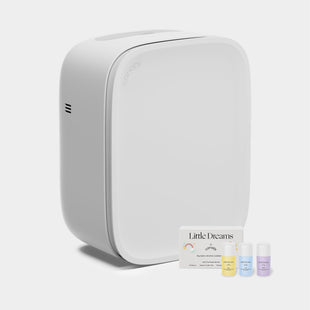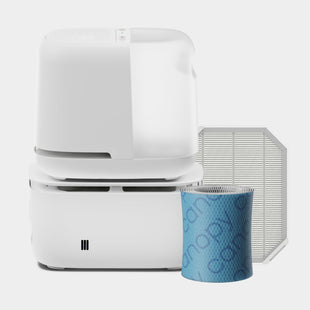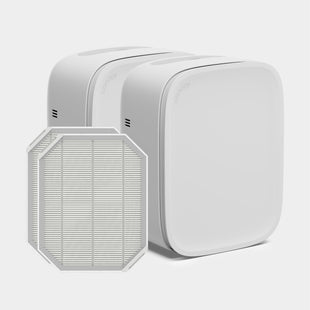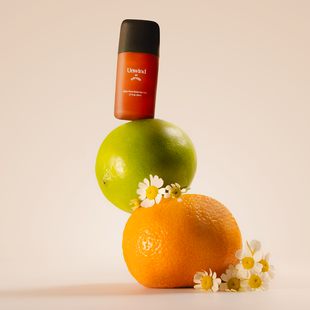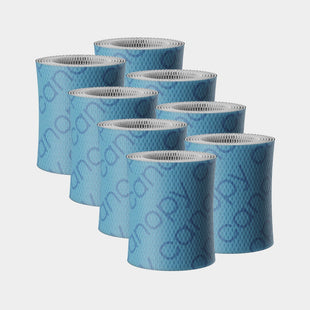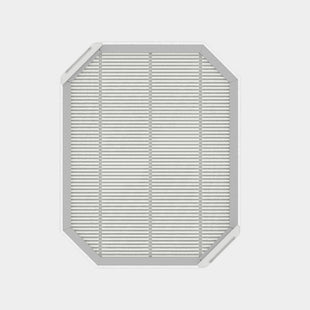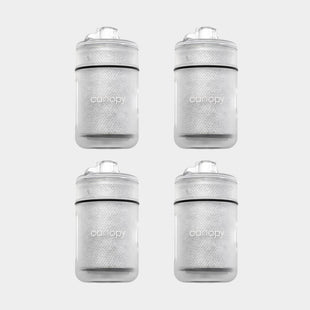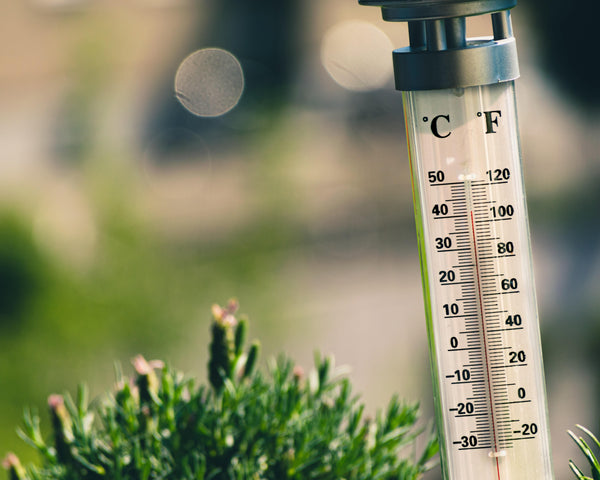Higher temperatures can hold more moisture than lower temperatures, which is why humidity levels can get out of control in your home during the summer months.
In this blog we will address the following:
- The most comfortable humidity level during the summer months
- Signs your home is too humid
- 5 tips to manage humidity levels in your home
- The benefits of maintaining optimal humidity levels
Let’s dive in.
What is a Comfortable Humidity Level in The Summer?
The United States Environmental Protection Agency recommends home humidity levels range from 40% to 60% year around. The exact humidity level that provides both comfort and maximum benefits for you and your family will vary depending on personal preferences.
Home humidity levels should not exceed 60% or fall below 40%.
When humidity levels exceed 60%, you run the following risks:
- Development of mold and bacteria on various surfaces
- Uncomfortable living conditions
- Introduction of dust mites, cockroaches, and vermin
- Home damage including: peeling wall paint, wet insulation, rotting floorboards, and more
When humidity levels fall below 30%, you may encounter the following physical health problems:
- Dry, itchy throat
- Congestion or runny nose
- Increased survival rate of colds and airborne viruses
- Dry skin, chapped lips, and increased dandruff
How to Manage Humidity Levels

During the painstakingly hot summer months, it seems that the day is singularly focused on finding a reprieve from the sun.
You dash from the front door to the car, you choose the shady side of the street when possible, and the robust foliage of an oversized tree is a much appreciated gift from Mother Nature.
The absolute last thing you want to experience during the summer months is an unbearable home humidity level.
Signs Your Home is Too Humid
How do you know if your home humidity levels are too high?
The best way to monitor home humidity levels is by using a hygrometer, which is an instrument that measures relative humidity (RH) in a particular space. A hygrometer can tell you the RH levels of your home at any given time and comes in handy during the summer and winter months.
If you do not have a hygrometer or a smart thermostat with a built-in humidity reader, there are a few ways to identify high humidity levels in your home:
- Your home feels muggy or the air feels dense
- There is condensation on the windows, especially after a shower or cooking a meal
- Your home smells musty or damp
- If your hair takes a really long time to dry
6 Tips to Manage Indoor Humidity Levels

Let’s say your hygrometer reads 50% or higher, or you notice fogging on your window… What do you do?
There are a few easy steps you can take to reduce humidity levels in your home. You can: reduce shower time, open the windows to circulate air, run the fan, move houseplants outdoors, or invest in a dehumidifier.
Read on for more details.
Run Your AC
The first, most simple solution to indoor humidity levels is to run your AC. Air conditioners naturally remove water vapor or humidity from the air; when the cooled air hits the metal coils located in your unit, any existing humidity condenses on the coil and is drained from the system. As a result, your home humidity levels will decrease.
As with most aspects of life, you can have too much of a good thing. Despite the elevated humidity levels outdoors, continued use of your air conditioner can zap moisture from the air leaving you with humidity levels well below 40%.
You can’t very well turn your AC unit off, so what can you do to combat the dry, dehydrated air in your home? A humidifier is a useful tool year round, especially during the summer months. You can use an evaporative humidifier like Canopy to regulate humidity levels in your home and create a healthy environment for you and your family.
Reduce Shower Time
Americans love showers. In fact, the average length of a shower is just shy of 8 minutes; at 1 shower per day, that is almost 1 hour of showering per week and 48 hours of showering every year, give or take.
While hot, steamy showers are immensely gratifying, they also contribute significantly to your home humidity levels. If your home humidity levels are already high, you may need to reduce your shower time or opt for cooler showers during the summer months.
Cold showers have many health benefits including: relieve symptoms of depression, improve metabolic function, improve blood circulation, and fight off certain illnesses. Makes braving the cold seem worth it, huh?
Open the Window

In some cases, your home humidity levels may be slightly or significantly higher than outdoor humidity levels. If this is the case, opening the window may be a quick and easy solution to reduce home humidity levels.
Manually ventilating your home by opening the windows daily is a good way to reduce air pollution and humidity levels while improving circulation. You should open a window to prevent excess humidity in the following situations:
- While cooking in the kitchen (especially while boiling water)
- While running the washer and dryer
- While taking a hot shower
- While washing dishes
Turn on the Fan
A fan is a handy summer appliance that can last for years if properly maintained.
Fans prevent the build-up of humidity in a particular room by circulating the air. While a fan does not actually remove moisture, it does help to disperse static moisture throughout the room.
The most effective type of fan is a ceiling fan, which works to improve the air flow throughout a larger space. Standing fans or small, portable fans are also handy to place throughout your home to increase comfortability despite higher humidity levels.
Move the Plants Outside
Your darling, tender houseplants also feel the effects of higher temperatures during the summer months. In fact, as the temperatures increase, your houseplants release more moisture into the atmosphere through a process called transpiration.
Placing your houseplants outside during the summer months is like sending your plants on a vacation to a tropical paradise. Despite placing any medium light plants next to your brightest window, it just isn’t the same as the great outdoors. Most popular houseplants come from tropical locations (think palms, figs, orchids), and they thrive in the heat and humidity of the summer months.
While your precious indoor plants bring so much beauty to your indoor space, they can greatly benefit from a little trip to your patio. Not to mention, placing your houseplants in a shaded area of your garden, on your patio, or on your front porch can help to slightly reduce humidity levels in your home.
Invest in a Dehumidifier
If your home humidity levels chronically exceed 50% during the summer months, and you just can’t seem to reduce the humidity in your home with DIY tips and tricks, you may need to invest in a dehumidifier.
A dehumidifier is a device that removes excess moisture from the air and reduces the overall RH of your home.
A dehumidifier works by sucking in air from the environment and running it over a cold metal coil located inside the device. The coil condenses the air’s moisture into water droplets, which are discarded into a water tank.
When using a dehumidifier in your home, you will have to manually discard the accumulated water from the water tank as often as necessary to prevent overflow.
Benefits of Maintaining Humidity Levels

Optimal humidity levels in your home have a myriad of benefits to your health and well-being.
Maintaining healthy humidity levels during the summer months is just as important as increasing humidity during the winter months. A humidity level between 30-50% in the summer months can help you regulate body temperature, prevent damage to the structure of your home, and reduce the chances of developing harmful mold and bacteria.
In addition, reducing the humidity levels in your home during the heat of the summer can actually save you money. An optimal level of humidity can make your home air feel cooler despite a higher temperature reading on your thermostat. For example, if you set your air conditioner to 74 degrees with a humidity level of 40%, your home air will feel cooler than setting your thermostat to 74 degrees with 55% humidity.
If you live in a dry climate with lower levels of humidity despite chart-topping temperatures, you can greatly benefit from incorporating a humidifier in your home to increase moisture.

